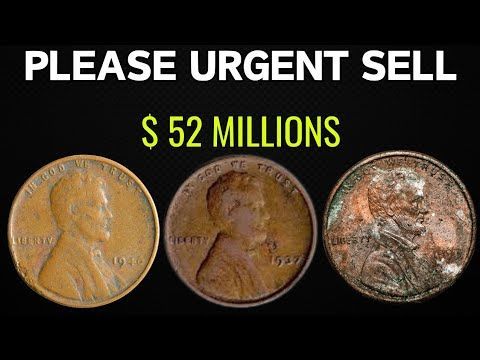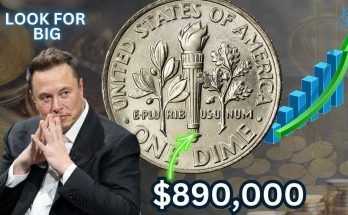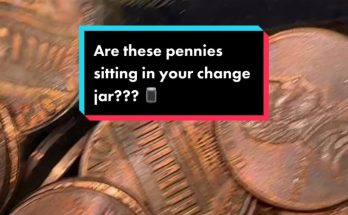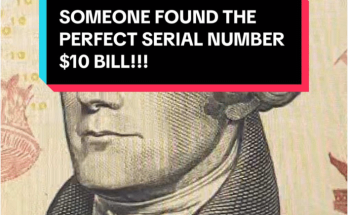The image is a striking piece of digital sensationalism, designed to stop the casual browser with an impossible promise. Against a stark black background, three Lincoln Wheat Cents are displayed, each in a different state of preservation. Above them, an aggressive, capital-lettered plea commands attention: “PLEASE URGENT SELL.” Below this call to action, the staggering value is flaunted in bright, attention-grabbing yellow-green text: $52 MILLIONS.
The accompanying caption doubles down on this urgency and fantasy: “MUST SELL NOW! RETIRE IF YOU FIND THIS USA DIRTY PENNIES WORTH MILLIONS OF DOLLARS! RETIRE NOW!.” This combination of high-stakes language, an absurdly high valuation, and the visual of seemingly ordinary, even “dirty,” coins creates a powerful and effective piece of numismatic clickbait. It plays directly on the human desire for a massive, life-changing windfall discovered in the most unexpected of places: a handful of old pennies.
The three coins shown represent a spectrum of the Lincoln Cent’s appearance. The coin on the left is relatively clean, displaying the date “1940.” The center coin is darker, slightly marred, with a visible date of “1937.” The coin on the right is heavily corroded, covered in verdigris and dirt, perfectly illustrating the “DIRTY PENNIES” mentioned in the caption. This visual contrast is deliberate: it suggests that even the most beat-up, neglected, and forgotten pennies—the ones often tossed aside—could hold the key to retirement.
To understand the claim, one must look at the reality of rare coin values. While there are a few legendary error coins that command six-figure sums, and very rarely over a million, the figure of $52 Million for a single, or even a set of three, pennies is a fantasy. It is not tied to any known coin sale or auction record. The most famous and valuable Lincoln Cents, like the 1943 Copper Cent or the 1955 Doubled Die Obverse, trade in the range of a few hundred thousand up to a few million dollars for the absolute finest examples—nowhere near $52 million.
However, the creator of this content is banking on the rare, legitimate exceptions to the rule. The most valuable pennies are often the result of extraordinary minting errors or composition mistakes.
- The 1943 Bronze/Copper Cent: During World War II, copper was a critical war material. In 1943, the U.S. Mint produced pennies using zinc-coated steel. A handful of cents were accidentally struck on leftover bronze planchets from 1942. These ‘copper’ 1943 cents are highly sought after, with some examples selling for over $200,000.
- The 1944 Steel Cent: Conversely, a few cents were accidentally struck on steel planchets in 1944. These are also rare and valuable.
The dates displayed on the coins in the photo—1940 and 1937—are common Wheat Cent dates, typically valued at only a few cents each in circulated condition. Even if the ’40 was one of the incredibly rare doubled-die varieties (which cannot be confirmed from the photo), its value would still be far below the promised multi-million-dollar mark.
The image and caption, therefore, function as a masterclass in hyperbole and misdirection. They use legitimate numismatic concepts (rare error coins, high values) and amplify them exponentially to create an irresistible lure. The “URGENT SELL” and “RETIRE NOW” language is designed to trigger a frantic search through attic boxes and old jars of change. The true value of this image is not the $52 million it promises, but the countless clicks and views it generates from people hoping to be the one-in-a-billion person who discovers a modern-day treasure in a “dirty penny.” It is a modern manifestation of the alchemist’s dream: turning everyday metal into pure gold.



